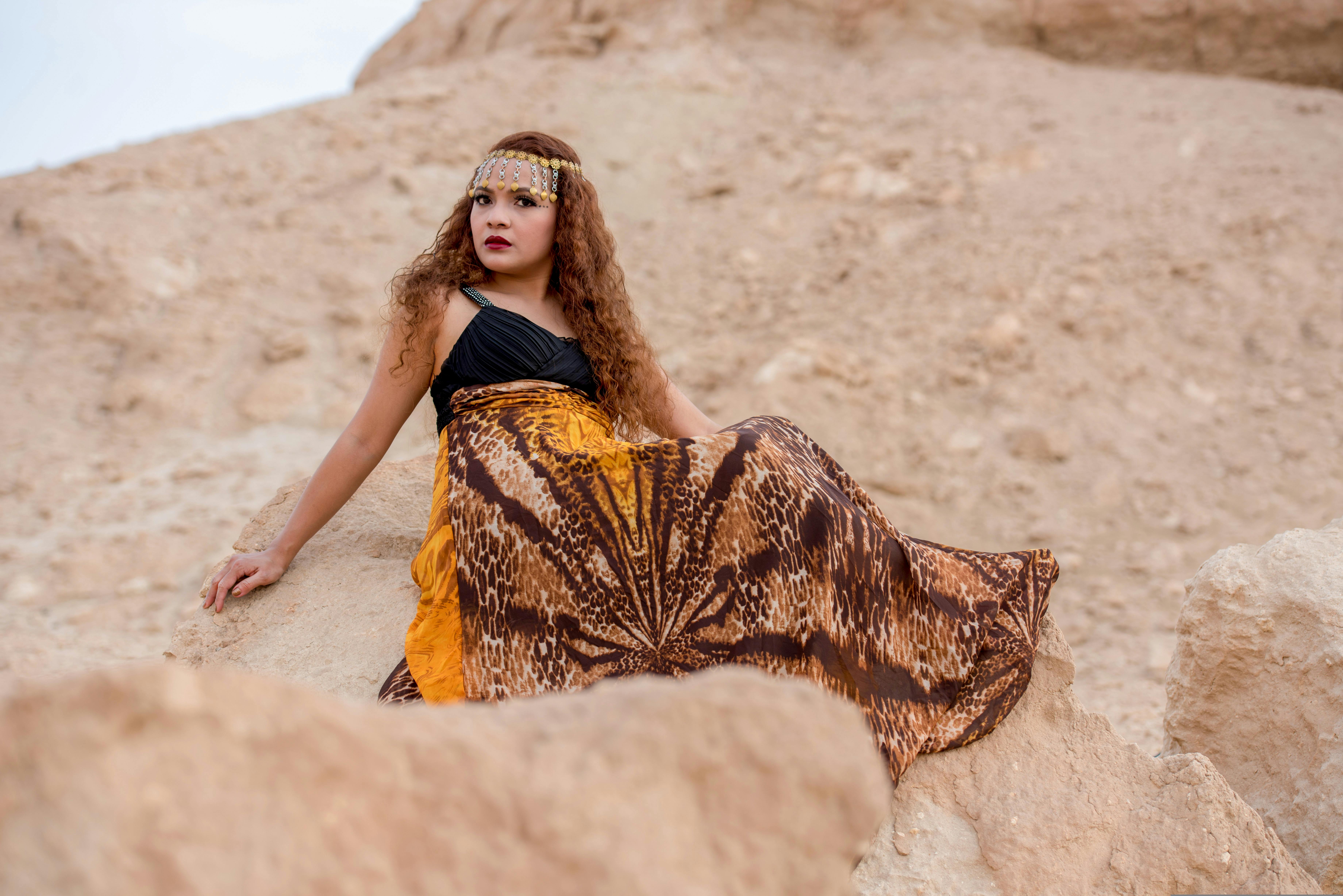The ancient Egyptians and the Mesopotamians shared many traits, but they also differed, despite the fact that they arose around the same years. The Egyptians, a religiously optimistic people, established a bureaucratic government that ultimately reflected their social system. In Mesopotamia, where life was not viewed rosily, the more diverse social system led to a decentralized political system. The evidence shows, however, that both societies relied on an afterlife, established a unique writing structure, and excelled significantly in the arts and sciences.
Mesopotamia, unfortunately, did not have seasonal flooding from the Tigris and Euphrates rivers, which would force them to create an organized agricultural system. This would explain his negative vision of the afterlife and the general mood of the gods. Egypt, however, lay along the fertile soils of the Nile River valley, which provided a known flood. This allowed the Egyptians to see the universe as orderly and beneficial. So sacred is this afterlife that they believed in the preservation of the body at death for the journey to the afterlife through the process of mummification. The Mesopotamians, fearing that they would disappoint the gods, believed that their purpose was to serve the gods, and therefore religion played a greater role in government. The priests, for example, were much more prominent than in Egypt. Regardless of the situation, both civilizations thrived on agriculture.
Both communities had a social system divided into three groups. King Hammurabi’s law declared these three groups: free land ownership, which included royalty, priests, and officials; dependent farmers and artisans; and the slave class, who were usually prisoners of war. The temple leaders were considered royalty and controlled large estates along with the Lugal (king). As long as male rule existed, women had rights in Mesopotamia. They could own land and businesses and could trade, but raising children was preferred. Women eventually lost social standing due to the expansion of agriculture and the rise of the middle class. The social class in Egypt was less pronounced: composed of the king and his officials; lower-rank officials, priests, farmers and professionals; and the peasants in the background. The peasant class carried out much of the agricultural work, since slavery was limited. Obesity, as in many ancient civilizations, was a sign of wealth and status. Female subservience to men is also evident in Egypt. Women still had a little more rights. This included property ownership, inheritance, and the ability to inherit property to anyone.
A king of some sort eventually ruled both Egypt and Mesopotamia. The Egyptians were ruled by a bureaucracy, where the pharaoh was the supreme ruler, followed by his appointed officials. Officials were chosen by merit, rather than heredity as in Mesopotamia. The pharaoh was seen as a god on earth, with the responsibility of ensuring well-being and prosperity. The palace controlled long-distance trade and collected taxes for construction and the military. Priests, on the other hand, did not play as important a role in politics as they did in Mesopotamia. The two centers of power in Mesopotamia were the temple and the king’s palace. The temple and palace used to be the center and were surrounded by agricultural land, known as a city state. These city-states developed independently and traded with each other. The theocratic king was called Lugal and was responsible for property rights, defense, and law. Slightly different from Egypt, the Lugal was only the representative or mediator of the gods.
Ancient Egypt and Mesopotamia based their economies on agriculture. This tedious job called for more productive ways of working, hopefully through technological advances. Both societies used the irrigation process through canals and dikes. Stone tools were the most used along with some bronze ones. Egypt skillfully used simple machines like levers and pulleys to build the magnificent monuments. The Mesopotamians made pottery easier with the creation of the potter’s wheel. The most considerable innovation was the distinctive writing structures of the two civilizations. The Mesopotamians preferred the cuneiform method, creating wedge-shaped symbols out of reeds. Fortunately, with the discovery of the Rosetta stone, we can interpret the multitude of ancient Egyptian hieroglyphs.
Despite being isolated, both civilizations managed to abide by the basic structure of human nature and apply the indicators of a civilization. From here came the specific qualities that make up the classes of Mesopotamians and ancient Egyptians.



